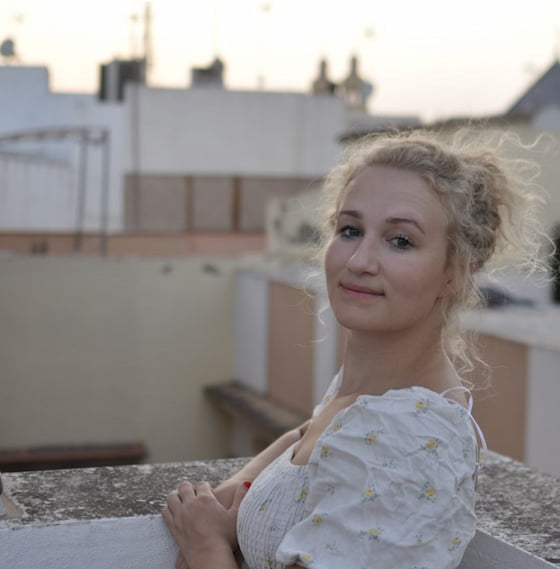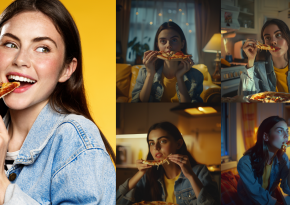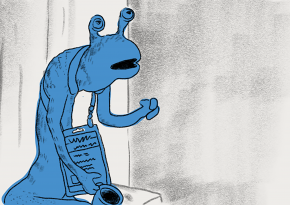With great technology comes great danger. The revolutionary AI development in the past months has led to glory but also a great deal of problems.
Just recently, the amount of fake images of ex or current politicians are spreading like wildfire on social media. The fake pictures of the arrest of ex-president Donald Trump are just the beginning.
This means it is more important than ever to determine which images are fake since AI is getting better at imitating reality really fast. We have collected a few tips on how to avoid, debunk, and react to fake-generated images.
Tips for checking on news and current events:
- Follow qualified news broadcasts. Most of them are also present on social media. They will share current and trustworthy news with images.
- Do not believe everything you see on social media. It’s an obvious statement, but something that we nowadays need to keep in mind more often.
- Check the source and the author. Who is sharing this information? How are they sharing it? What content did they publish before? What username do they have? Serious news articles will always point out sources of their photos, like the responsible agency and photographer's name.
- Identify Intention: Are images or videos used as proof for radical statements that you would otherwise doubt, or are they integrated into stories that make sense on their own and provide proof and sources in text form?
- Most importantly: do not share any pictures or information that you are not sure about!
Technical tips for identifying AI pictures:
- Google reverse pictures. Sometimes, the images already exist and are manipulated.
- Look at the texts in the images: AI struggles with text. Repetitive letters, weird-sounding words, and misspellings are key factors to look out for.
- Look for a lack of realism: AI is not perfect. Most AI pictures look cartoonish. Sometimes letters, backgrounds, faces or other body parts are stretched or compressed or have visual glitches as, for example, here.
- Check the metadata of the images. Often the camera information is missing as there was no camera taking the picture.
In time, there will surely be more ways of detecting AI-generated images. But as of now, we need to use critical thinking as our main weapon.
Besides fake images, the spread of fake news is increasing as well. Read here how you can avoid fake news.



